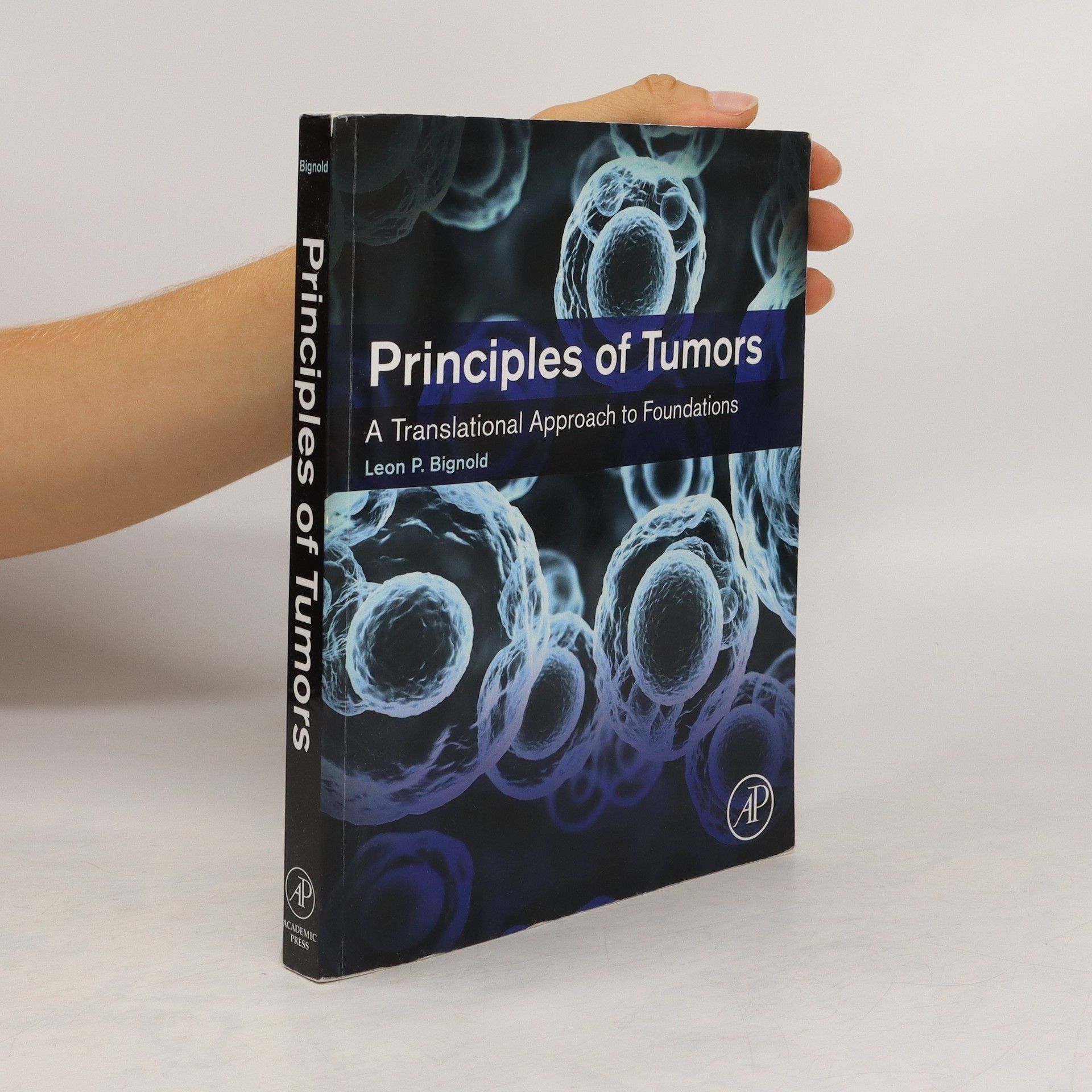Principles of Tumors
- 468 Seiten
- 17 Lesestunden
Principles of Tumors covers all of the fundamental aspects of tumors, including their definitions, incidences, causation, pathogenesis, treatments, and prevention. The book provides a unique approach, integrating a wide range of basic bioscience findings with clinico-pathological observations and phenomena encountered in their treatment. As tumors are studied in fairly separate, broad areas, such as basic biological sciences, pathology, oncology, and epidemiology, this book brings together these perspectives, providing an all-inclusive text that benefits all researchers, while also providing an avenue for translational research. Integrates both cell mechanisms and tumor physiopathology Brings together research and perspectives from basic biological sciences, pathology, oncology, and epidemiology, providing an all-inclusive text Provides a concise tumor reference for the tumor researcher and oncologist Includes appendices for foundational material Brings out the cell detail of tumors
